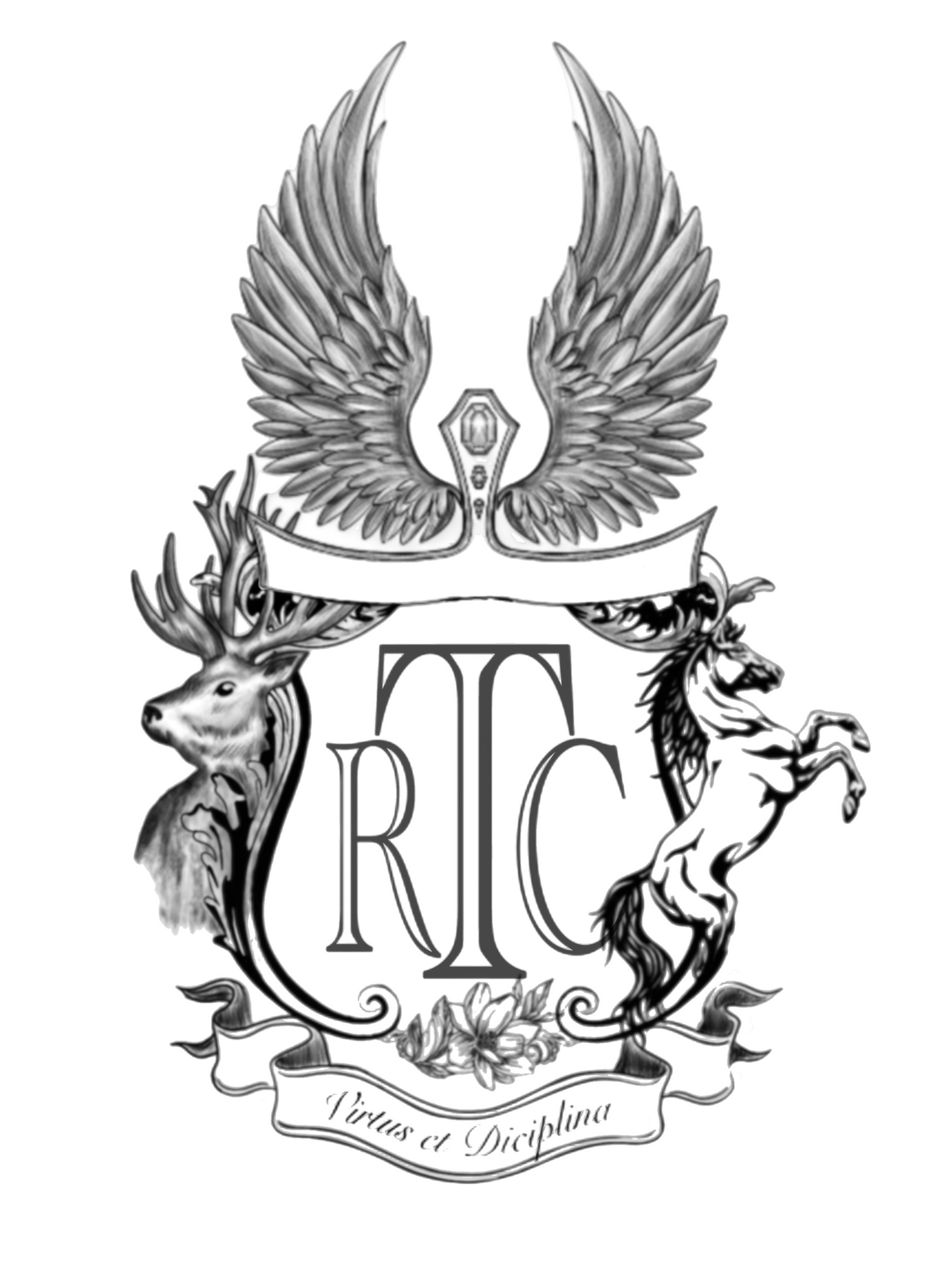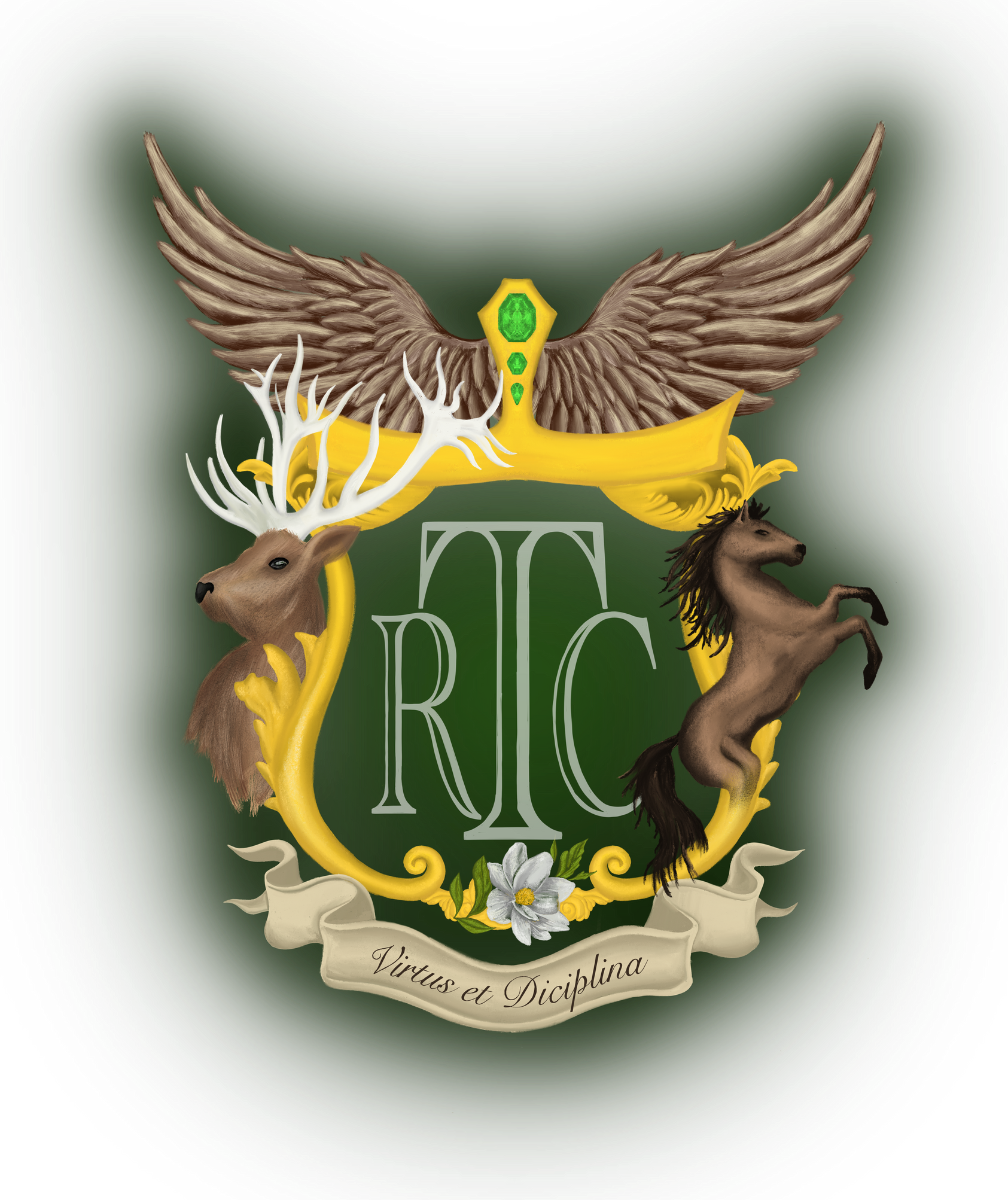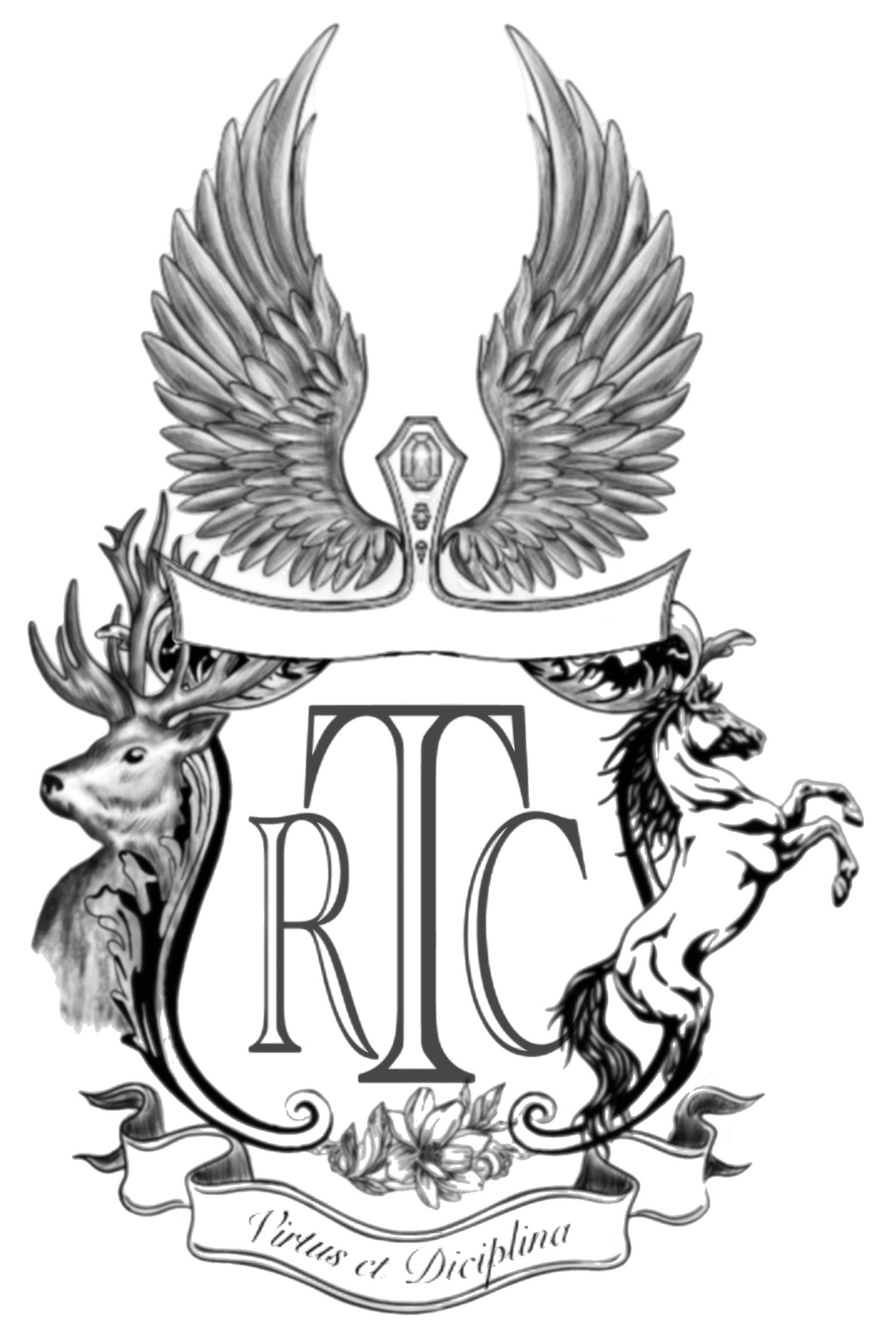Training
Pole vault training at The Refuge takes a comprehensive and multifaceted approach that combines physical conditioning, technical skill development, mental preparation, and equipment management. It is designed to enhance an athlete's ability to achieve greater heights safely and effectively.
Physical Conditioning
- Strength Training: Essential for building the muscle power required for the run-up and take-off. Exercises often focus on the core, shoulders, arms, and legs.
- Speed Work: Critical because a faster run-up generates more energy that can be converted into vertical lift. Sprinting drills and speed endurance workouts are common.
- Flexibility and Mobility: Vital for achieving the optimal body positions throughout the vault. Stretching routines and mobility exercises help improve performance and reduce injury risk.
- Plyometrics: Exercises that improve explosive strength, crucial for the take-off phase. These include jump training and bounding drills.
Technical Skill Development
- Run-up: Perfecting the approach run is crucial for timing and consistency. It involves practicing the correct number of strides and maintaining speed while approaching the box.
- Plant and Take-off: Training to correctly plant the pole in the box at the end of the run-up and efficiently transfer horizontal speed into vertical lift.
- Swing Up: Developing a powerful and efficient swing up the pole, transitioning from the take-off to the extension.
- Extension and Turn: Working on the technique to extend over the bar, including the correct body position and pole push-away.
- Bar Clearance: Practicing techniques to maximize height and minimize bar disturbance during clearance.
Mental Preparation
- Focus and Concentration: Enhancing mental resilience to maintain focus during competition and training.
- Visualization: Practicing mental rehearsals of successful jumps to build confidence and refine technique.
- Stress and Anxiety Management: Learning techniques to manage competition nerves and perform under pressure.
Equipment Management
- Pole Selection: Understanding how to choose the right pole for each jump based on an athlete's weight, speed, and technical proficiency.
- Pole Care: Learning how to maintain poles properly to ensure safety and performance.
- Gear Management: Selecting appropriate shoes, helmets (if used), and other gear that supports optimal performance.
Safety Measures
- Proper Landing: Training to ensure safe landing techniques to avoid injury.
- Equipment Safety Checks: Regular inspection of the pole, box, landing mats, and other equipment to ensure they are in good condition.
- Supervised Training: Ensuring that all training, especially for beginners or when trying new techniques, is conducted under the supervision of a qualified coach.
Classes
Month to Month
- $300/monthly
- 6 group sessions per month
- Monday-Wednesday, weather permitting
- 20% off Private Sessions to work 1:1 with a coach
12-month commitment
- $280/monthly
- 6 group sessions per month
- Monday-Wednesday, weather permitting
- 20% off Private Sessions to work 1:1 with a coach
Non-member
- Private Session- $120, 1 hour
- Group Session- $90, 1 hour
Beginner Vaulters
- 3+ Sessions - $90/hour


